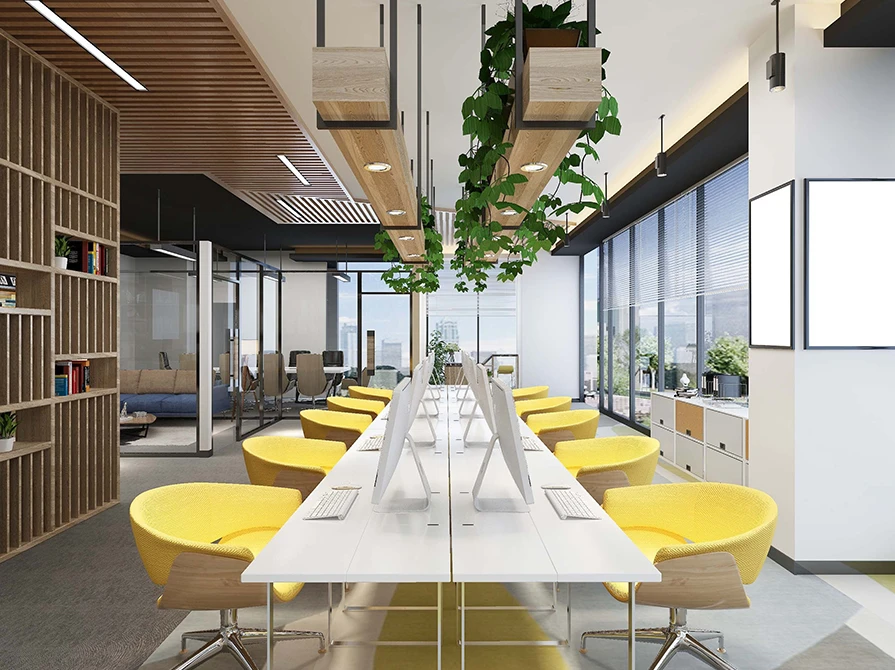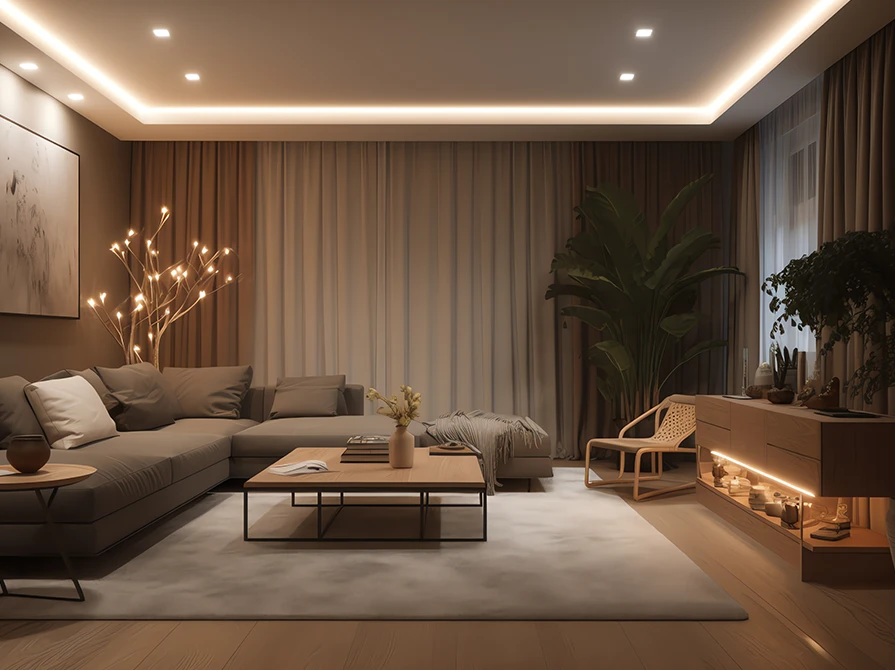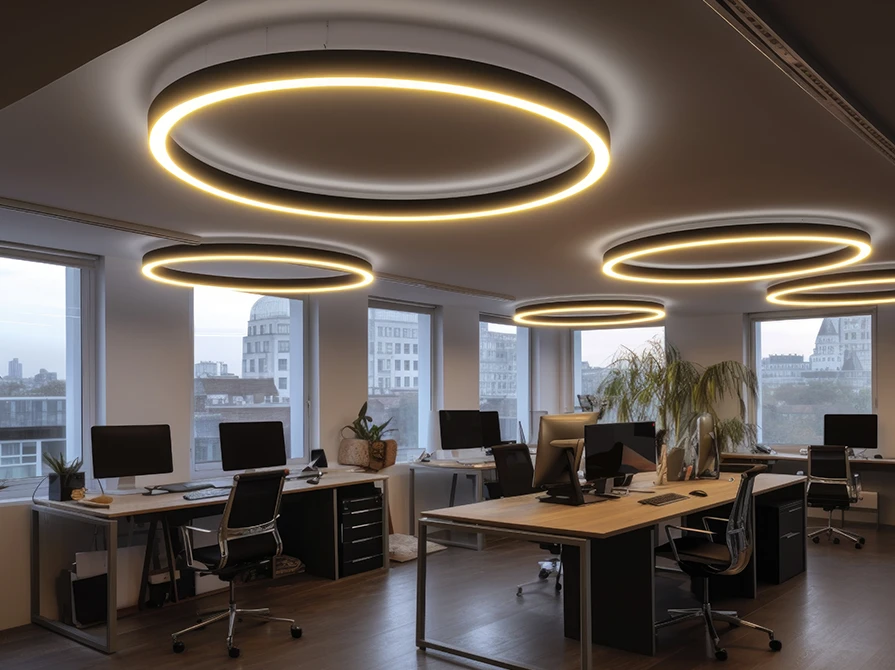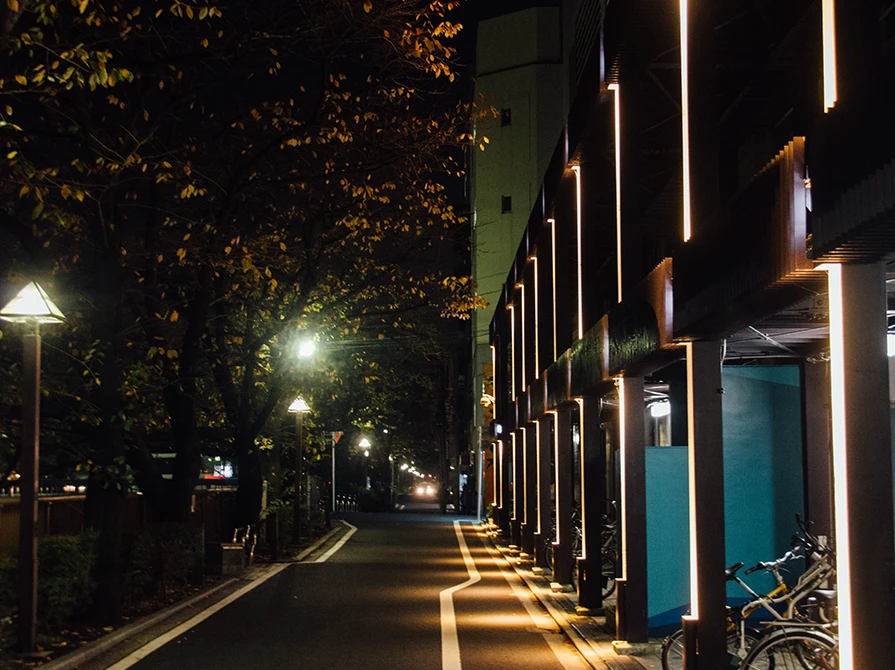

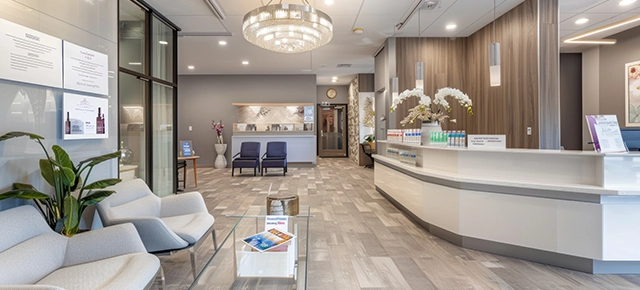
Hospital receptions are the first point of contact for patients, visitors, and their families. The atmosphere and environment of these areas significantly influence the perception of the hospital and can set the tone for the entire visit. Effective lighting is crucial in creating a welcoming, comforting, and efficient space. This blog explores the importance of proper lighting in hospital receptions and provides strategies for implementing optimal lighting solutions.
The reception area is where patients and visitors form their initial impressions of the hospital. Bright, well-lit spaces convey cleanliness, professionalism, and warmth. Proper lighting can alleviate anxiety and make visitors feel more at ease, contributing to a positive overall experience.
Good lighting ensures that patients and visitors can easily navigate the reception area, read signage, and complete necessary paperwork. It also helps reception staff perform their duties more efficiently, from checking in patients to managing records. Proper illumination reduces the risk of accidents and falls, particularly for elderly or visually impaired visitors.
Reception staff work long hours and require a well-lit environment to maintain productivity and accuracy. Poor lighting can lead to eye strain, fatigue, and errors. Effective lighting design can enhance staff well-being and efficiency, leading to better patient service and satisfaction.
Lighting can influence mood and well-being. Warm, natural lighting can create a calming atmosphere, essential for anxious patients and stressed visitors. Integrating lighting with natural elements, such as plants and water features, can further enhance the reception area's healing ambience.
Natural light is the most effective way to brighten hospital receptions. Large windows, skylights, and glass doors can maximize the entry of daylight, creating a cheerful and welcoming atmosphere. Natural light helps regulate circadian rhythms, which can improve mood and reduce stress for both patients and staff.
Tips for Maximizing Natural Light:
A well-designed lighting plan should include multiple layers of light to address different needs and create a balanced environment. The three main layers of lighting are ambient, task, and accent lighting.
Ambient Lighting:
Ambient lighting provides general illumination for the entire reception area. It should be bright enough to ensure safety and visibility but also soft enough to avoid creating a harsh environment.
Task Lighting:
Task lighting focuses on specific areas where activities such as reading, writing, or using computers take place. It helps reduce eye strain and enhances productivity.
Accent Lighting:
Accent lighting highlights architectural features, artwork, or decorative elements, adding depth and visual interest to the reception area.
The color temperature of the lighting affects the ambience and functionality of the reception area. Warm light (2700K-3000K) creates a cozy and inviting atmosphere, while cool light (3500K-5000K) enhances alertness and visibility.
Recommendations:
Dimmable lighting allows for flexibility in adjusting light levels based on the time of day, activities, and individual preferences. Adjustable lighting can create a dynamic environment that adapts to changing needs and enhances comfort.
Benefits:
Smart lighting systems enable automated control of lighting based on occupancy, time of day, or preset schedules. These systems enhance energy efficiency, convenience, and the overall lighting experience.
Features:
Energy-efficient lighting solutions, such as LED fixtures, reduce energy consumption and operational costs while providing high-quality illumination. LEDs are durable, long-lasting, and offer excellent color rendering, making them ideal for hospital receptions.
Advantages of LED Lighting:
Lighting can be used creatively to enhance the aesthetics of the reception area. Thoughtfully designed lighting fixtures and arrangements can make the space more appealing and reinforce the hospital's brand and identity.
Design Tips:
Regular maintenance of lighting fixtures is crucial to ensure optimal performance and longevity. Clean and well-maintained lighting fixtures provide consistent illumination and contribute to a hygienic environment.
Maintenance Tips:
Creating a welcoming and efficient hospital reception area requires a thoughtful lighting design that prioritizes the needs of patients, visitors, and staff. By leveraging natural light, implementing layered lighting, choosing appropriate color temperatures, and incorporating smart and energy-efficient solutions, hospitals can transform their reception areas into bright, inviting, and functional spaces. As technology continues to advance, the potential for innovative lighting solutions will expand, offering new opportunities to enhance the hospital experience and support the well-being of all who enter. Get in touch with us to know more about how our range of lighting solutions can help you create inviting hospital reception spaces.
